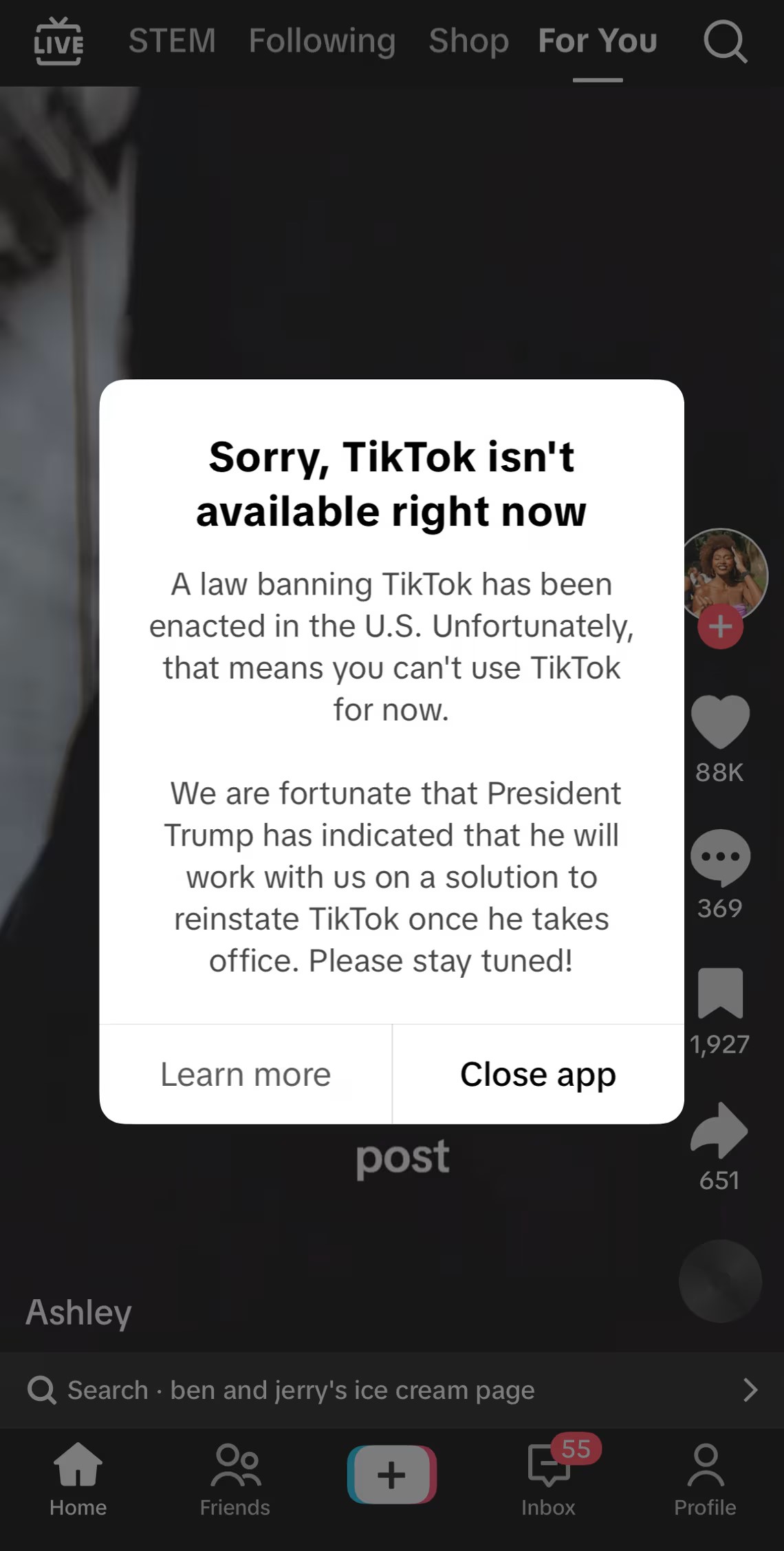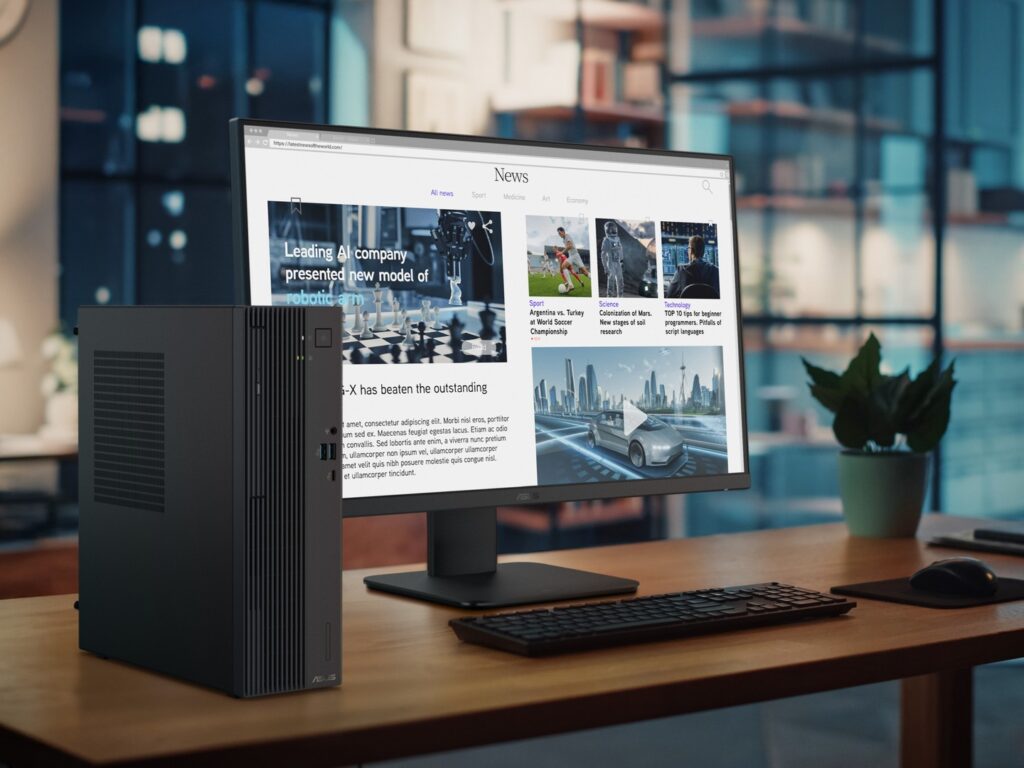After months of legal battles, heated political debates, and lingering uncertainty, TikTok users in the United States can finally relax. Initially, the widely popular short-video app faced a potential nationwide ban due to security concerns. However, in a turn of events, it has now been cleared to continue operations.
STATEMENT FROM TIKTOK:
In agreement with our service providers, TikTok is in the process of restoring service. We thank President Trump for providing the necessary clarity and assurance to our service providers that they will face no penalties providing TikTok to over 170…
— TikTok Policy (@TikTokPolicy) January 19, 2025
In a statement on X, the company confirmed it was restoring services and extended gratitude to President-elect Donald Trump for stepping in to resolve the issue. The platform noted that Trump’s assurances to service providers eliminated fears of penalties. As a result, TikTok was able to reconnect with over 170 million American users. Additionally, this development enabled the platform to support over 7 million small businesses.
Here’s a deep dive into what happened, why the ban was lifted, and what this means for users and businesses.
A Rollercoaster 48 Hours

On the 18th of January, TikTok users were greeted with a message stating that services were “temporarily unavailable,” as reported by The Guardian. By the following evening, the app was restored, accompanied by a “Welcome Back” banner and a note thanking Trump for his intervention.
Trump took to Truth Social, urging companies to ensure TikTok remained online. He promised to issue an executive order delaying enforcement of the controversial ban, emphasising the importance of TikTok in providing a platform for his upcoming inauguration and other events. Trump further proposed a 50% US ownership in a joint venture to oversee TikTok’s operations in the country, stating, “Without the US, there is no TikTok.” He suggested such a move could elevate TikTok’s value to “hundreds of billions, if not trillions, of dollars.”
The Backstory: Why Was TikTok Banned?
The controversy surrounding TikTok began in 2020 when concerns were raised over its parent company, ByteDance, being based in China. Critics, including government officials, feared that TikTok’s vast data collection could potentially fall into the hands of the Chinese government. As a result, these concerns ultimately led to a proposed ban under the previous administration and have since continued to fuel ongoing regulatory scrutiny.
In 2023, pressure intensified with attempts to force ByteDance to sell TikTok’s US operations to an American company. However, negotiations stalled, leading to a renewed threat of a ban unless compliance with new data protection measures was ensured.
Why the Ban Was Lifted
The decision to lift the ban was influenced by several factors:
- Data Security Measures: TikTok implemented Project Texas, a billion-dollar initiative aimed at localising US user data on servers operated by Oracle. This move was designed to address privacy concerns and reduce the risk of foreign interference.
- Public Outcry: TikTok has over 150 million monthly active users in the US, many of whom are creators and small businesses that rely on the platform for income. Public and industry backlash against the ban highlighted its potential economic and cultural impact.
- Legal Challenges: Courts questioned the constitutional validity of banning an app that serves as a platform for free speech and commerce. Legal experts pointed out the risks of overreach, ultimately swaying opinions.
What’s Next for TikTok?
While the immediate threat has subsided, TikTok isn’t entirely out of the woods. The app has agreed to stringent oversight measures, including regular audits of its data handling practices. Lawmakers are also working on broader legislation to regulate social media platforms, which could include stricter rules for foreign-owned apps.
Impact on Users and Businesses
The lifting of the ban is a significant relief for millions of users and businesses. Here’s what it means:
- For Creators: TikTok remains a viable platform for content creation and monetisation. Many creators rely on its unique algorithm to reach niche audiences and grow their following.
- For Businesses: Small and large businesses alike can continue leveraging TikTok for marketing. The platform’s highly engaging format has proven effective for brand promotion, driving sales, and fostering community engagement.
- For Tech Companies: This decision sets a precedent for how foreign-owned tech platforms may navigate regulatory scrutiny in the future.
The lifting of the TikTok ban in the US underscores the importance of balancing national security concerns with the freedoms of a digital economy. While this chapter ends in favour of the app’s continued operation, it serves as a reminder of the evolving landscape of tech regulation and its far-reaching implications.



